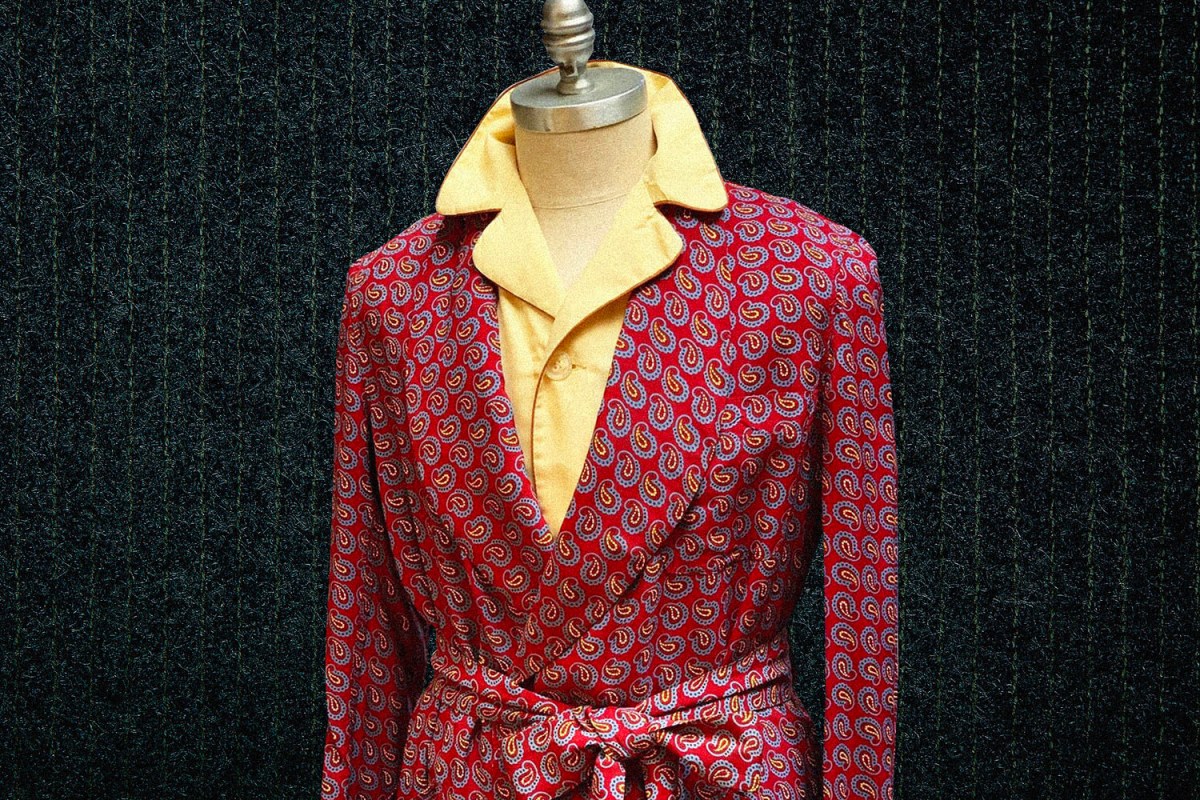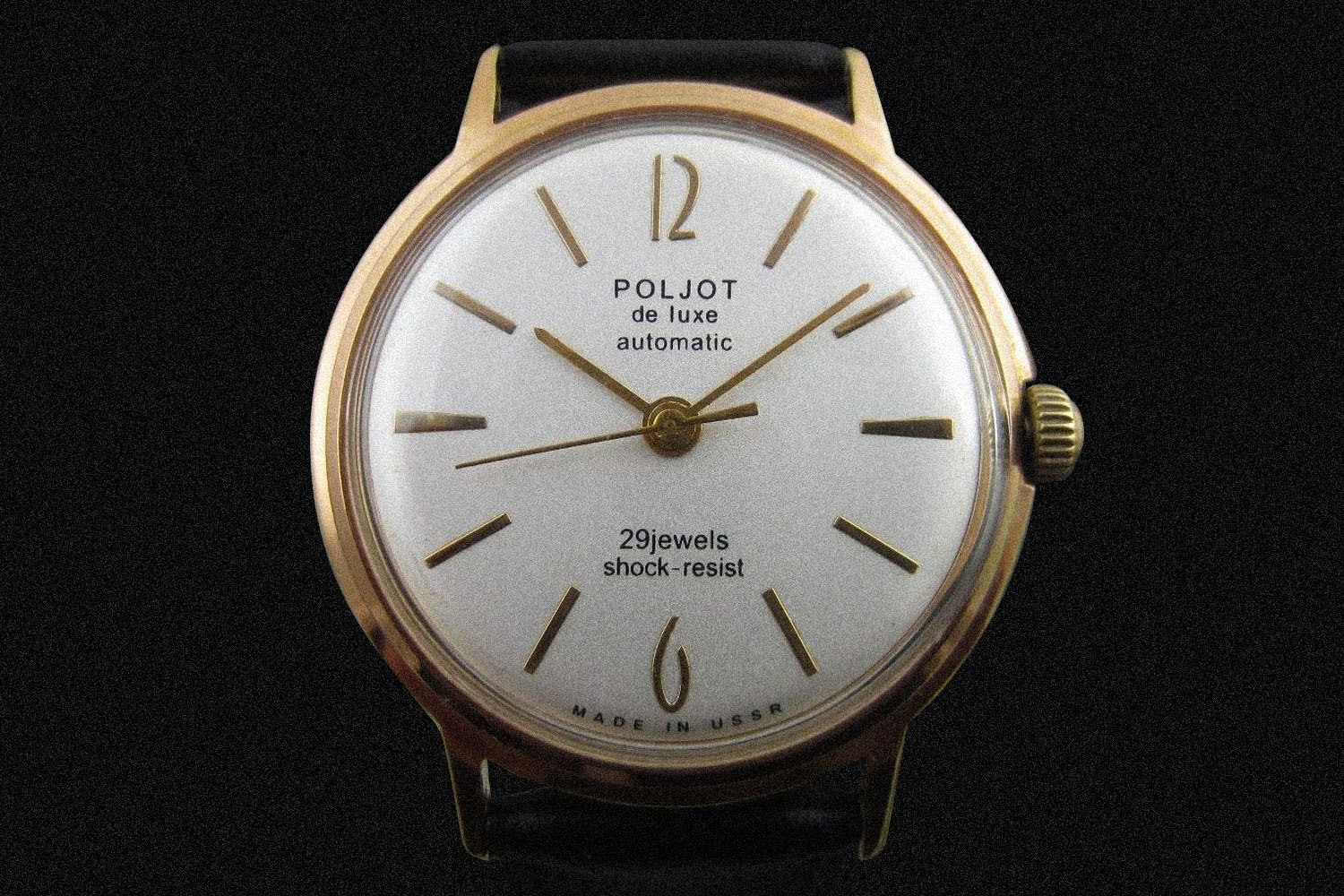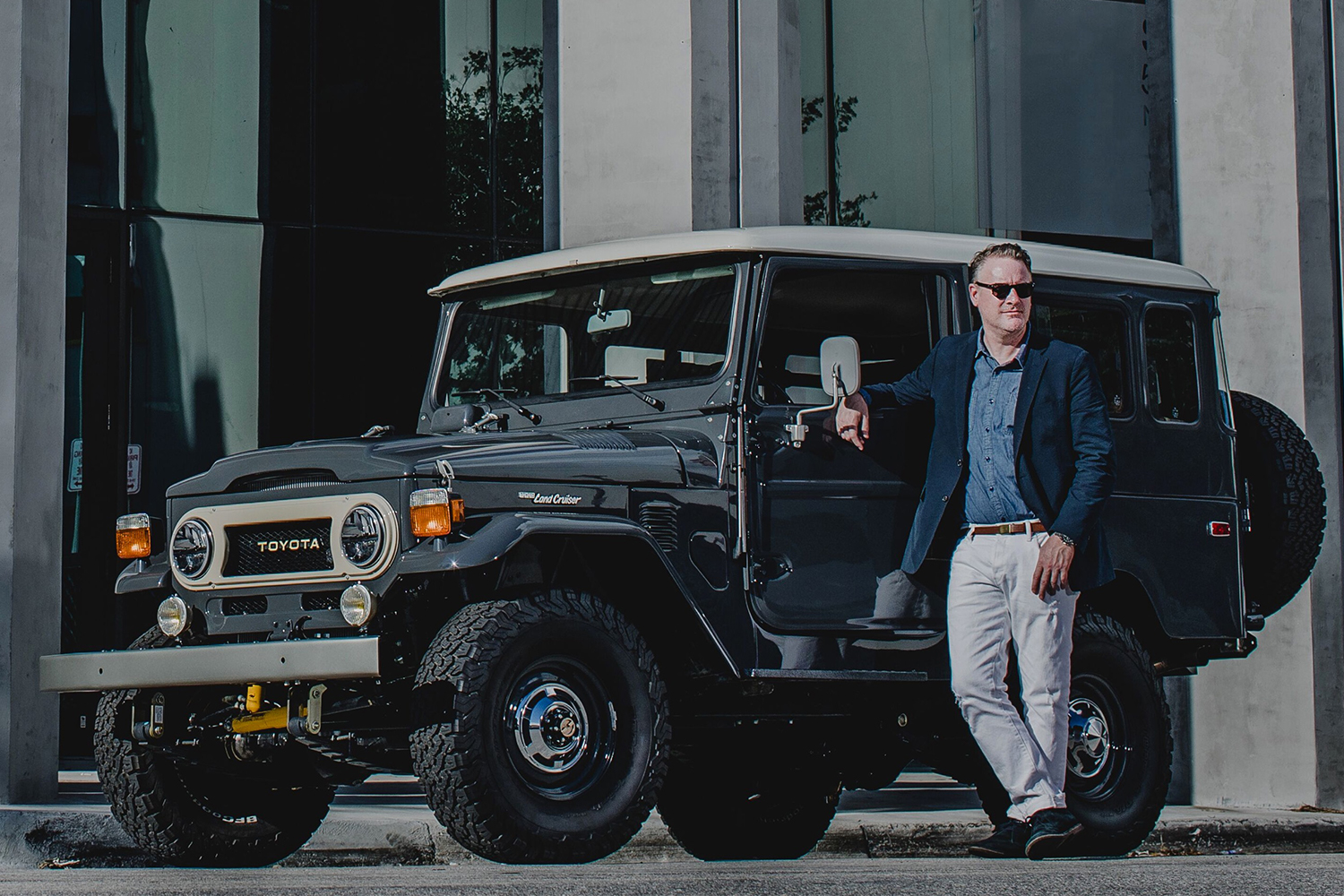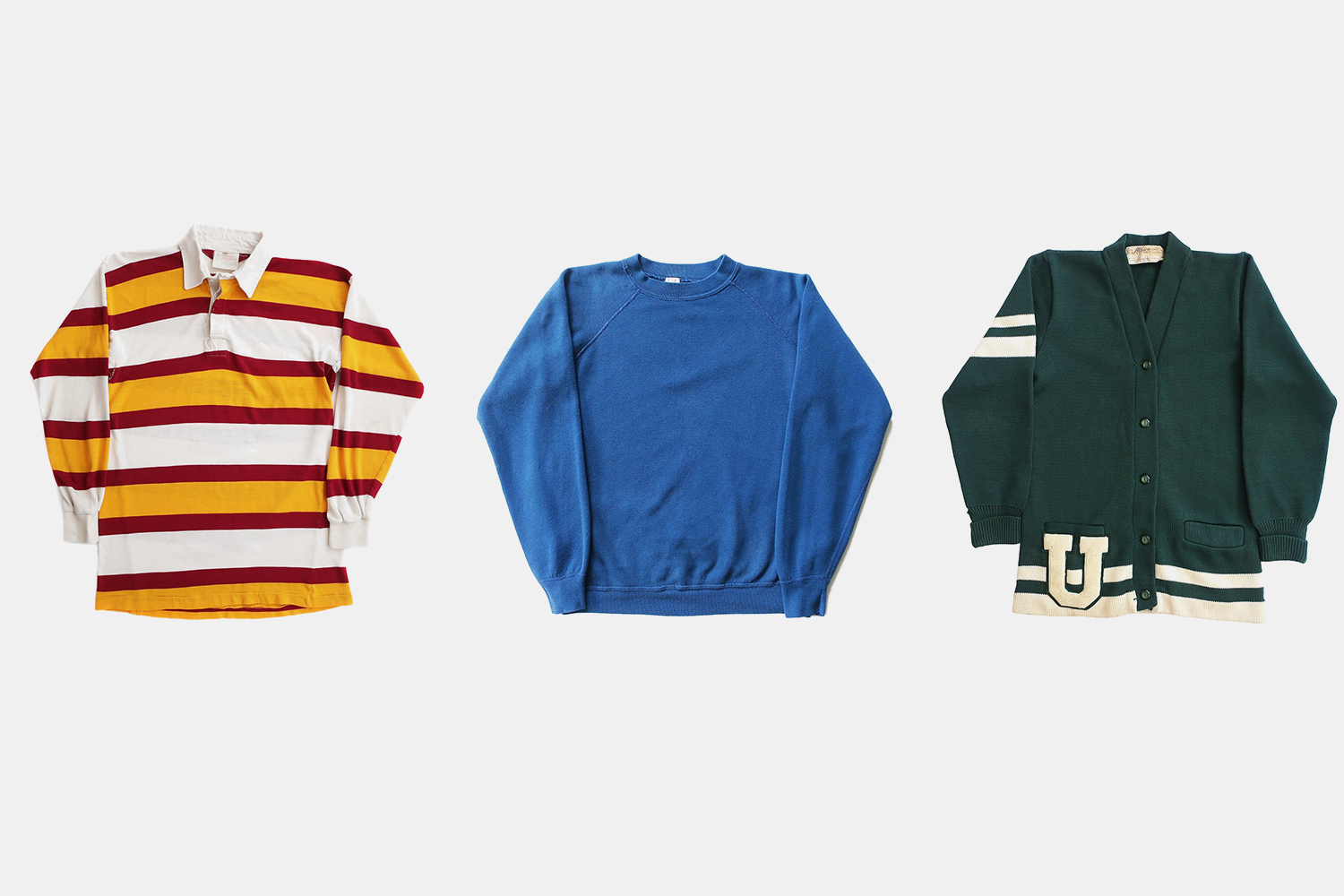Things look bleak in the world of retail. Big-name stores like J.Crew and The Gap are suffering, trying to stay relevant and keep their investors happy, all while balancing on the edge of financial ruin. Malls are a thing of the past, and the Amazon issue continues to keep CEOs up at night. How do they defeat the comfort and convenience of a one-stop-shop with its own shipping pipeline, competitive pricing and a gazillion product cateogories? What can they offer that the Bezos Deathstar doesn’t have?
The last frontier, the one that might survive all of this change, is old. So old, in fact, that it’s vintage.
As everything falls apart for traditional retail businesses, the sale of vintage British tailoring and workwear is thriving. Even as stores have to stay locked up until governments say it’s OK to open for businesses, some vintage shops have built good enough credit in their communities that they’re able to keep the lights on — or, in this case, keep paying the internet bills.
It is no surprise that Instagram has been the veritable town square where the vintage community meets. The platform has allowed sellers to connect with their customers as well as facilitating buying and selling. And unlike large retail brands, the curation and messaging feel unique, personal and authentic, since vintage store owners are often the only employee of the business,
“Instagram is the single most powerful tool in our entire toolbox,” says Brian Davis, the owner of Wooden Sleepers in Red Hook, Brooklyn. Like many vintage shop owners, Davis now almost entirely interacts with his customers over Instagram. His perspective is key to the vintage market, “If you email or DM, you’re talking to me, so I just try to conduct myself in the same way I always have.”
For Sean Crowley, of Crowley Vintage in Gowanus, Brooklyn, Instagram is the only place he hawks his wares outside of his shop. “That’s the only other place that I sell. I don’t sell on eBay, I don’t have a website, and so it’s just photographing things to post on Instagram and also fielding requests from people.”
With thousands of items in his inventory, Crowley takes his time putting together his shop and photographing pieces for Instagram that help tell its story. Since NYC went into lockdown in mid-March, Crowley’s business has held steady and loyal customers have come out to support him — as is the case with nearly every business owner who was interviewed for the story. Crowley has also tried to think of posting items that make sense for the new normal of staying at home. Right as the lockdown was going into effect in NYC, he posted numerous shots of beautiful pajama sets and robes. “People loved them and bought them like crazy,” he tells InsideHook while packing up boxes of goodies to ship out from his shop. “I still have a lot, and I’ve bought more since then.”
But with shops closed and more people at home, it has also been hard to keep up on Instagram, creating ever more “content” while stuck at home or in an empty shop. Bucking the trends, L.A.-based Garret Miller of Western Gifts doesn’t look to the app for moving his goods. Instead, he gets creative with how he showcases his products, using “quarantine models” to create vignettes with some hangers and string. “If you look at enough vernacular photographs, that idea has been done many, many times,” relays Miller, adding that “these are outfits I would’ve dressed my model in if I had the opportunity.” Miller, who is in isolation alone, was happy to have some friends for a short time. “I’m really glad it made some folks smile and poked fun at being alone.”
Using social media to help spread the word, stores like Crowley Vintage, Western Gifts and Wooden Sleepers all specialize in their own little corner of vintage clothing, from American workwear to classic British styles, instead of being generalists, or, as Crowley puts it, “fishermen, selling what they catch.” The specialization has helped them navigate this otherwise hard time for retail. “I have nothing without my niche,” says Crowley, who has an eye for clothing and items you might see used in a BBC adaptation of a P.G. Wodehouse or Nancy Mitford novel. “I really only want to sell the things that I love, and so that is what takes so much more time and more work, but it’s also, I think, ultimately what people come to me for is, is a specific point of view.”
While big-name retail may find it hard to find its footing in these shaky times, the vintage landscape is filled with people whose personal style and point of view go well beyond a corporate moodboard. The vintage seller offers a view at one-of-a-kind products alongside their own one-of-a-kind perspective. “I’m not worried that people are going to stop buying vintage. In fact, if anything, I feel like people are buying it more now,” says Jamie Wong, owner of Raggedy Threads, with locations in L.A. and Brooklyn, “I talk to a lot of my friends who have vintage stores and they are doing okay because they have a cult following, and even for me, my online sales have gone way higher.”
Of course, stores still have to get creative and figure out other ways to make money. And sometimes that means selling something new to go with the older wares. Both Wooden Sleepers and Raggedy Threads, for example, have their own small merch lines, which both Davis and Wong refer to as “shop souvenirs,” and their sales have been strong. Davis is expanding his line of Wooden Sleepers-branded T-Shirts, and Wong has struggled to keep hers in stock. Her most recent souvenir shirts and sweatshirts were a collaboration with local Brooklyn tattoo artist Nolc, with the proceeds going to Nolc to help out during the COVID-19 shutdown. “I sold out in four hours, it was insane. I’ve never sold that fast on anything in my life. Is this what Supreme feels like when they have a drop?” recounts Wong, who is already working on a restock and a new souvenir mug that will be perfect for the WFH set.
Yet what sets these and other vintage spots apart from the rest of the retail world is that it’s a labor of love. The bottom line is quality: to own a vintage business means you really have to care about what you’re peddling. And as the world looks inward during this time of crisis, people are voting with their dollars by shopping at local, more sustainable businesses. As Crowley notes, “I know from customer interactions that people are really serious about patronizing small businesses right now. I think people really want to give $100 to a mom-and-pop as opposed to Amazon, if they can.”
This article was featured in the InsideHook newsletter. Sign up now.























